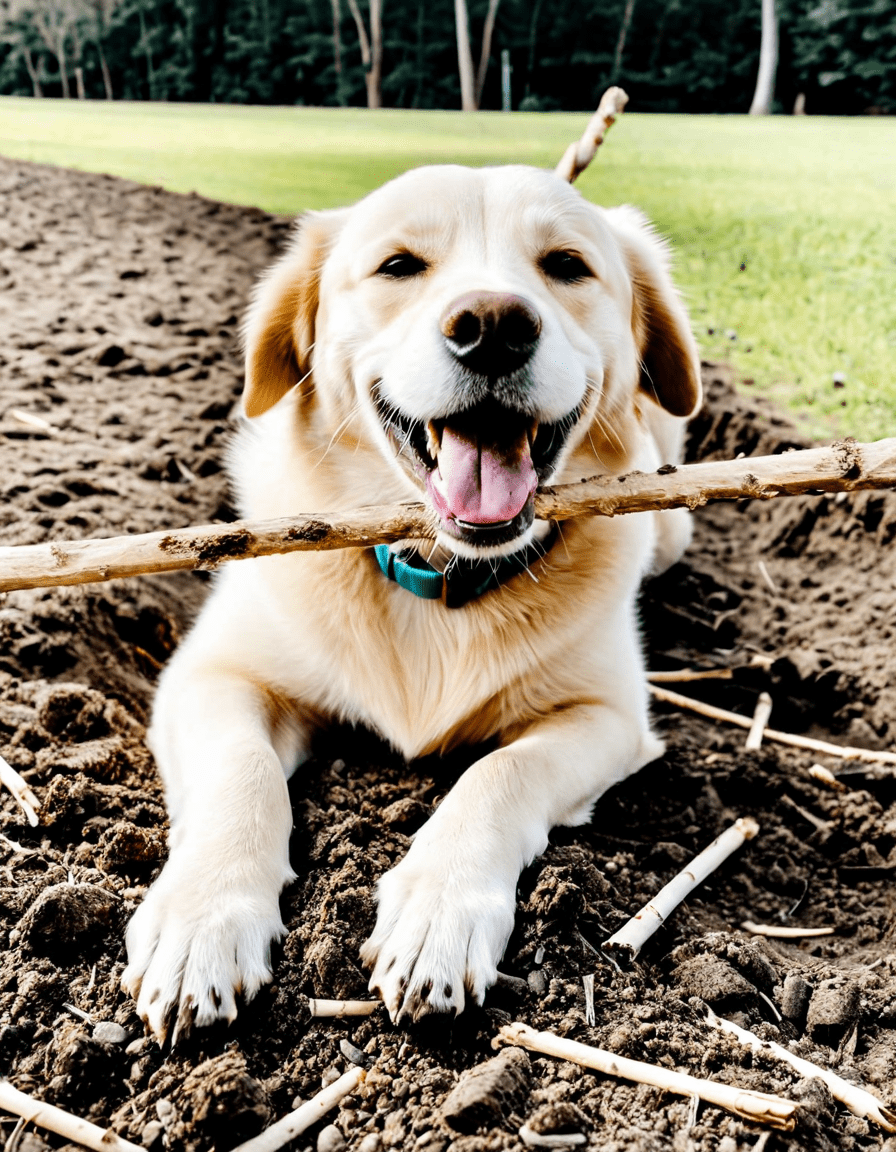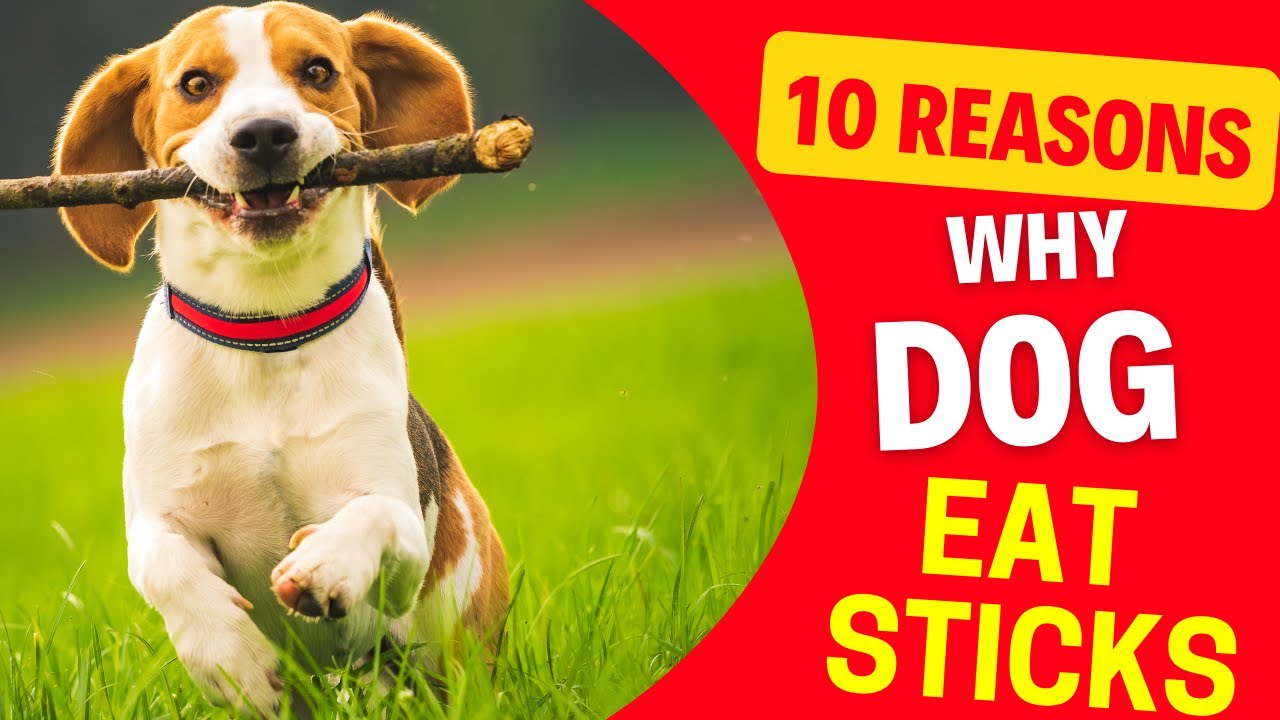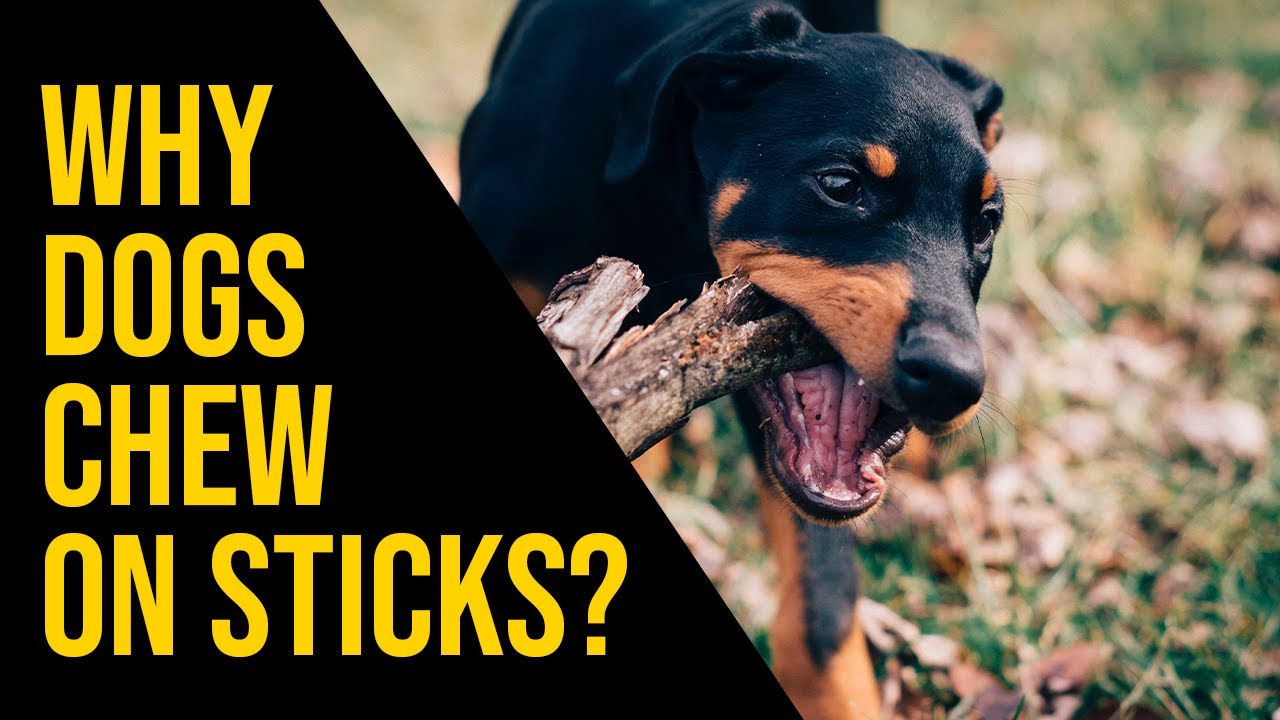Dogs are often described as curious creatures, full of energy and spontaneity. One of the behaviors that often leaves pet owners scratching their heads is why do dogs eat sticks? Is it a harmless quirk or a health hazard waiting to happen? In this article, we’ll dive into understanding this behavior, its potential implications for health, and what it tells us about our furry friends.
1. The Allure of Sticks: Why Do Dogs Eat Sticks?
Sticks are practically irresistible to many dogs. For one, they float around in the great outdoors, waiting to be sniffed, chewed, and generally mauled. Sticks resemble prey in some respects, sparking a dog’s instinct to explore and nibble. Plus, there’s something uniquely satisfying about the texture of wood that captivates a dog’s chewing instincts.
Besides that, many dogs enjoy the taste of wood. When a dog chews on a stick, they can release interesting flavors that add to the excitement of the experience. You may have noticed your pooch delightfully gnawing away, completely engrossed in their stick. This isn’t just pure joy; it’s also a form of mental stimulation that can help reduce anxiety and boredom.
The Communication Factor
When dogs engage with sticks, they’re not only satisfying their chewing instincts. They’re also expressing themselves! It’s a tangible way for them to interact with their environment. Similar to how other animals use vocalizations or body language, sticks serve as a means of exploration and communication, showing their feelings about excitement, boredom, or even stress.
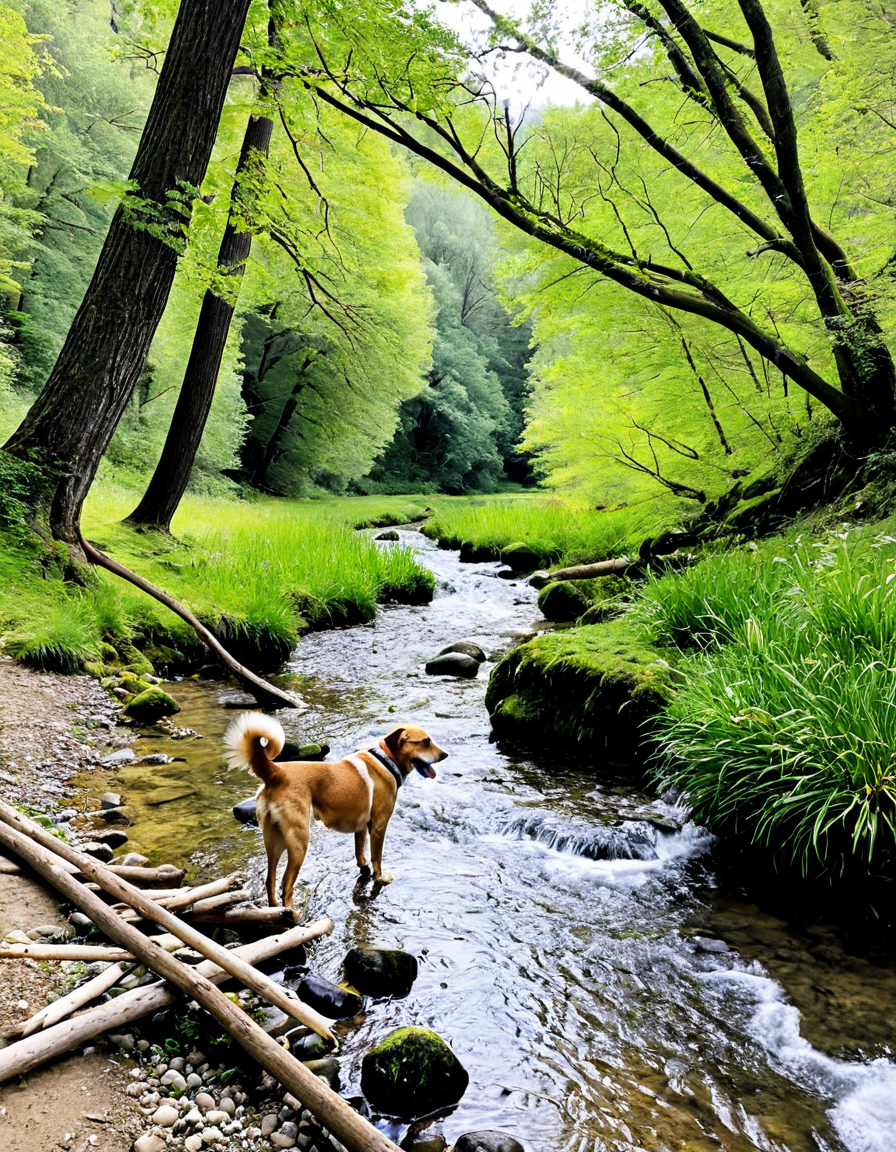
2. Health Considerations: What Eating Sticks Means for Their Health
While there’s no denying that chewing on sticks can bring dogs joy, it’s essential to consider the health risks involved.
In short, while the answer to “why do dogs eat sticks?” might start as a fun exploration, it can quickly become a serious health concern. Monitoring their behavior is key in preventing complications.
3. Behavioral Insights: Why Do Dogs Chew on Other Objects?
Sticks aren’t the only objects that have captured dogs’ attention. Dogs may chew on a variety of items for different reasons, each offering insights into their health or mindset.
In understanding the broader question of “why do dogs eat sticks,” it’s critical to recognize that other chewing habits can also unveil the dog’s emotional or physical state.
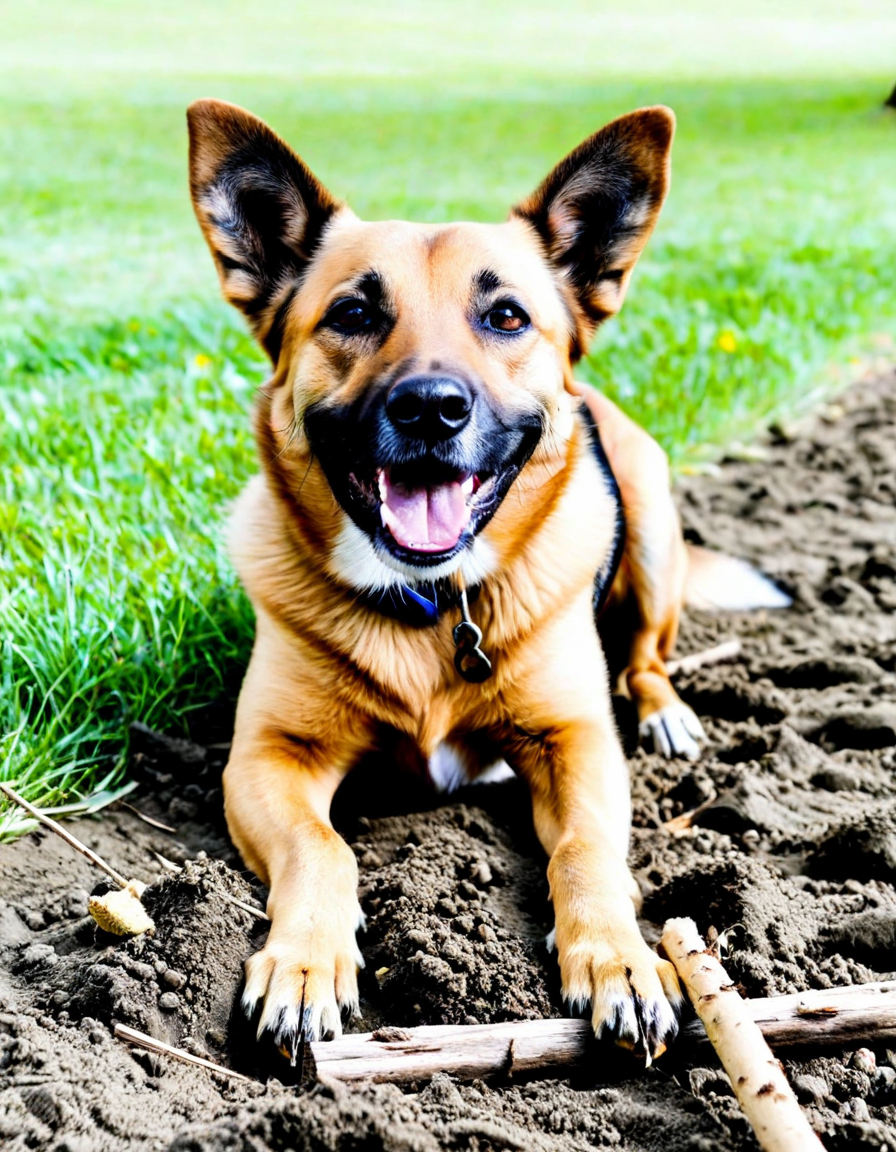
4. The Nature of Play: How Other Animals Interact With Their Environment
Believe it or not, dogs aren’t alone in their playful exploration. Other animals have fascinating ways of interacting with their surroundings, too.
Drawing connections between these behaviors in different species can give us better insights into decision-making in our pets. After all, understanding their world helps us care for them better.
5. Communication Through Behavior: Understanding Canine and Feline Signals
Animals don’t just act for the fun of it; their behaviors often reveal important information.
Recognizing these signals can bridge the communication gap between you and your furry companion, ultimately fostering a deeper understanding.
6. The Role of Instinct vs. Environment: How Chewing Habits Are Formed
A dog’s chewing habits are deeply influenced by both age and environment. Just think about puppies and how they explore with their mouths. When do cats stop growing? It’s a similar life stage transition that affects their attraction to various objects.
Just as different factors shape a dog’s preferences, they’re constantly evolving. This highlights the importance of regular assessments in their environments and activities.
Innovating Care: Best Practices for Canine Chewing Habits
To protect your pooch from the harm of unhealthy chewing behaviors, it’s wise to provide various safe options. Here are some best practices:
In understanding the “why” behind your dog’s stick-eating habits, you can directly impact their well-being. Curiosity, boredom, or even stress may all be at play. By recognizing their needs through chewing behaviors, you can foster a healthier, happier pet.
So, the next time you catch your pup munching down on a stick, remember it may signal more than just a snack. By keeping a close eye on their habits and providing encouraging alternatives, you’ll head off potential issues at the pass. Happy pet parenting!
Why Do Dogs Eat Sticks?
A Natural Instinct
Ever wonder why do dogs eat sticks? It turns out that this behavior dates back to their ancestors. Back in the day, wild canines used sticks for various reasons, including play and as tools for hunting. Nowadays, your fluffy friend might just think sticks are the best chew toys around! Plus, dogs are notorious for exploring their world with their mouths. They might find chewing a stick more appealing than even Swiss cheese—a delightful snack that raises questions like, can Dogs have swiss cheese? The answer is yes, but moderation is key!
Playtime and Exploration
When dogs chew on sticks, they also engage in playful behavior reminiscent of a game of fetch. You might find your pup returning a stick like a champion, almost like a scene out of The Magnificent Seven, where every cowboy has a trusty horse. It’s all about the thrill of the chase! Sometimes, though, this stick-eating habit could signal boredom or a need for more stimulation. Just like pet owners might occasionally want to mix their routine up with a new pair of shoes (you know, like those trendy Seychelles shoes), our dogs crave variety, too!
Health Concerns to Watch For
However, a word of caution: while sticks can be fun, they also pose health risks. Chewing on sticks may lead to oral injuries or even digestive blockages. This is not unlike other items dogs may chew, like rocks, which raises further questions, why do Dogs eat Rocks? Just as you wouldn’t want to chomp down on something that could be harmful, we must be mindful of our dog’s choices. Understanding the potential hazards can guide us to keep our furry friends healthy and happy. Keep in mind also what foods are safe for your pet—like kidney beans, which many dog owners wonder about: can Dogs have kidney Beans? Spoiler alert: they can, but properly prepared only!
So, while why do dogs eat sticks might seem like a quirky question, it opens up a conversation about our pets’ instincts, health, and the ways we can enrich their lives. Just as pet owners seek support when looking for places that offer alcohol near me open now after a long day, we should also seek guidance on how best to meet our pets’ needs. After all, a happy dog contributes to a happy household!
